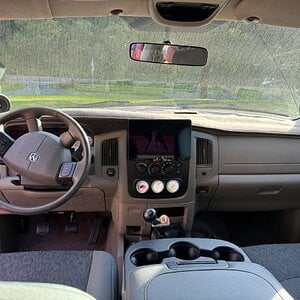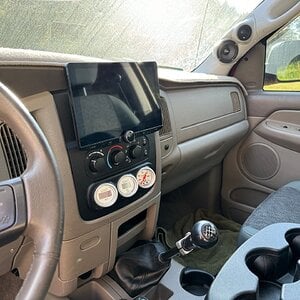gckless 5,000+ posts
CarAudio.com Veteran
What are some thoughts on fan vs. passive cooling? I know that more amps are manufactured with passive cooling, and that if the fans die on an active amp then it will be generally unusable until the fan is fixed, since it will not properly cool itself because it has been designed for the fan.
I am just wondering, because I live in a hot climate and I have heard some stories of other people's amps overheating fairly quickly, and I want to avoid this in my build.
And if anyone wants to recommend a line of fan cooled amps that would be appreciated, I am looking for both full range and sub amps. Thanks!
G
I am just wondering, because I live in a hot climate and I have heard some stories of other people's amps overheating fairly quickly, and I want to avoid this in my build.
And if anyone wants to recommend a line of fan cooled amps that would be appreciated, I am looking for both full range and sub amps. Thanks!
G



